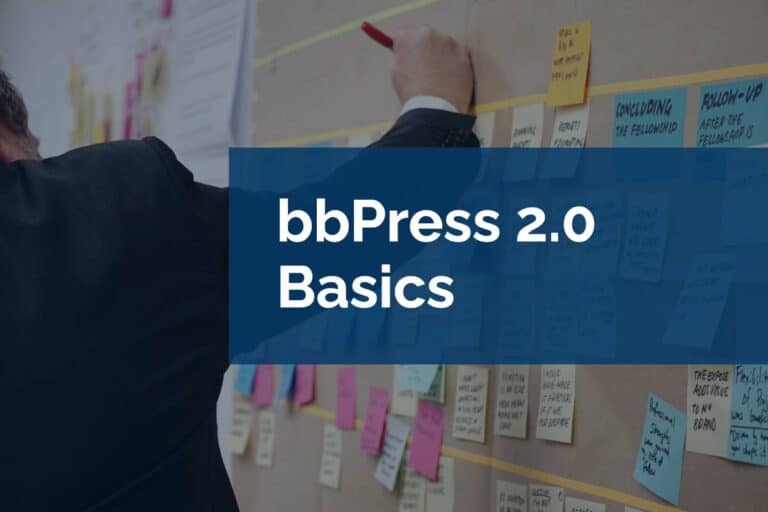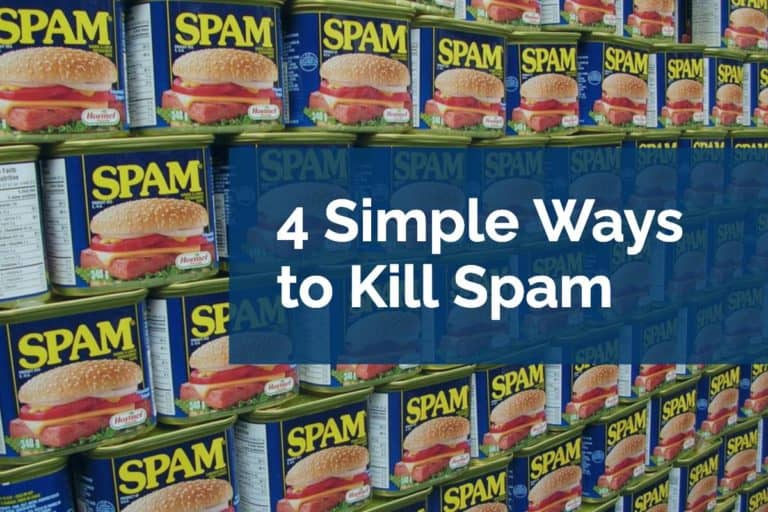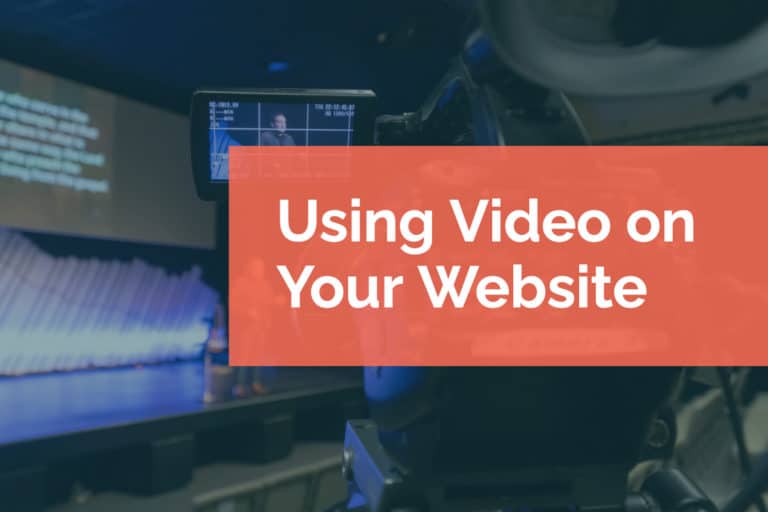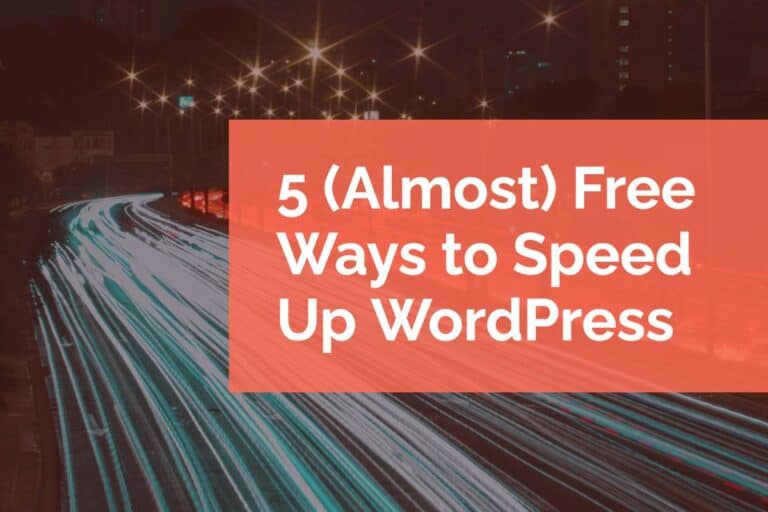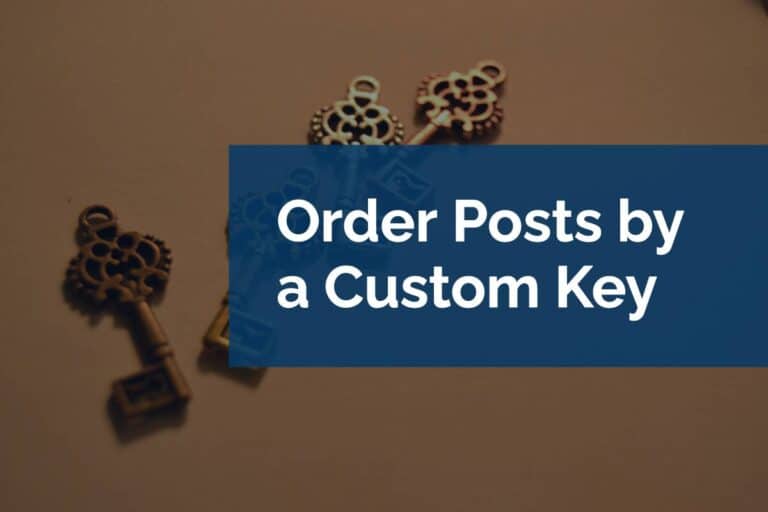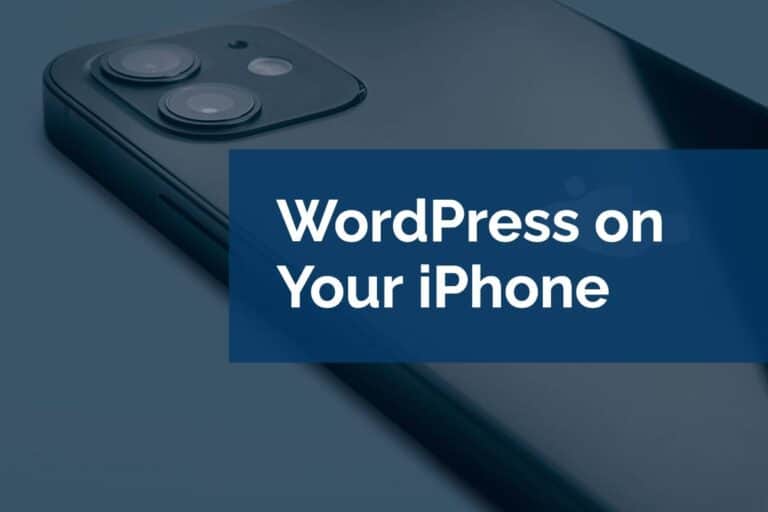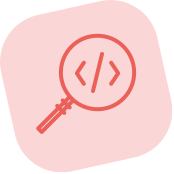Web Designer Robert Nienhuis
We do a lot of collaborating with other companies. However, there’s one company that we work with very closely – Nien Studios. Whenever we need a web designer we check with Robert Nienhuis to see if he can fit us into his schedule. Robert isn’t just a resource, he’s one of our closest friends and he’s an active member of our local WordPress community. Robert has worked with us for several years and has been responsible for six of the eight WordCamp Orange County designs. We asked Robert to answer a few questions for us:
How did you get into design?
I remember when I graduated from high school not really knowing what I wanted to do for a career. The only thing that really seemed to interest me was an accounting elective class I had taken with a friend. So, for the first year in college I was an accounting major, and after that first year I switched majors a handful of times still not finding the right fit.
Then, in the early days of getting to know my (now) wife and business partner, I asked her what she did for a job and she handed me one of the most interesting business cards I had ever seen. That card prompted me find out more about the local design agency she worked for and the design services they provided. Although I hadn’t ever considered design to be a career, it seemed like I finally found something that really spoke to me.
Thankfully I was still attending Cal State University, Long Beach, who had a good reputation for their design program. After taking all of the introductory art and design classes, I felt like I found the right career path and switched my major for the seventh, and last time.
Who were your biggest design influences growing up?
Honestly, my teachers and professors in college were my biggest influencers. They had a range of experiences from being freelance designers to working on teams at large agencies.
By the time I settled on design as a career I felt very far behind in terms of artistic concepts and design styles. Most of the teachers would showcase examples of past and current trends from other designers, and they helped instill a lot of the design principles that I use on a daily basis.
Who are your biggest design influences now?
The entire community on Dribbble is one giant influence for me right now. There are so many amazing designers on there that post terrific work ranging from branding, illustration, UI, and UX. The work of Dan Matutina (http://twistedfork.me/) and Fraser Davidson (https://www.cubstudio.com/) have been really inspiring me lately to get into more illustration and animation.
How is designing for print different than designing for the web?
15 years ago when I first started working as a web designer, it felt much more restrictive than designing for print. After designing a beautiful identity system and print campaign for a client using a brand new font you purchased just for this project, it was a real drag then to only be able to use Times New Roman or Helvetica for the website. Thankfully designing for the web has evolved quite a bit, and thankfully for tools like grids, web-fonts, and different sized layouts, it feels a bit more like designing for print.
Still, there are some big differences between the two that should be considered. Web colors tend to be more vibrant using the RGB color profile, and that doesn’t always translate well to print, where you’re using CMYK to produce the pieces so your colors tend to be a bit more muted. Now with Responsive design being a must for the web, the design system you create needs to be extremely flexible on the fly to account for all of the various screen sizes, whereas print you more often than not are only considering one size for your layouts.
I think the biggest difference now is the depth of consideration needed when thinking about how you want a user to interact with a site as opposed to something printed. People will know to flip through a brochure, but getting them to use your site a specific way and knowing how to reinforce their interactions requires a bit more consideration.
What are your favorite types of sites to build?
I think the answer to this changes the more sites I have the opportunity to work on. When I first started designing websites I had the opportunity to help a friend set up an e-commerce website for her stationery store. While e-commerce was a huge undertaking, it was really fun to learn the ins-and-outs of that type of site, and for awhile we produced quite a few e-commerce sites. I then worked on a handful of non-profit websites, small business websites, sport franchises websites, and now I’m working on a couple of WordPress plugin websites. Each type of website brings different challenges, and I really enjoy learning how to solve those challenges.
If you could redesign any site which would it be and why?
I would love to redesign (or design) a site for a video game. Video games have been a passion of mine ever since the first time I made Mario jump on a Goomba in Super Mario Bros. on the NES and I still play games today. I think it would be another fun opportunity to learn about the goals of designing a site for a game; being able to tease a bit of the story, getting users excited about the property, and other fun ways to promote the game.
Do you see any design trends on the horizon?
I feel like for a while I’ve been telling people that fonts are one of the biggest things that will be changing on the web. We’ve come a long way from being limited to using a handful of fonts on websites with most of the major font foundries offering some sort of web-font solution. But it’s not just the availability of fonts, it’s how the fonts will be used in more of an artistic way rather than just the typical header tags (like h1, h2, etc.).
You may have already noticed this, but I do think you’re going to see gradients used in more creative ways. Instead of having to save an image or create a pattern, gradients can be coded using some slick CSS, and tools like Grabient (https://www.grabient.com) make it super easy to test them out before using them on the site.
How would you recommend that someone starts as a web designer?
I would recommend starting by creating accounts with design networks, like Dribbble or Behance, and post as much work as you can for others to see. Reach out to local freelancers and design agencies introducing yourself and work to try to become part of a referral network. Although you’re not looking for an actual job, agencies may be able to refer you work, and partnering with other freelancers may invite opportunities to collaborate on projects.
Attending local Meetups is also a great way to introduce yourself to other businesses in various industries who may be looking for some freelance design help.
If you could only use one font for the rest of your life, which would it be?
Papyrus.
Just kidding. Probably Avenir (currently using Avenir Next). It was one of the first fonts I fell in love with and have repeatedly come back to for various projects over the years. While the original version was already solid, the Next version added some additional weights and refined some of the characters. The font works well as a logotype, is easy to read, and pairs nicely with other fonts.
